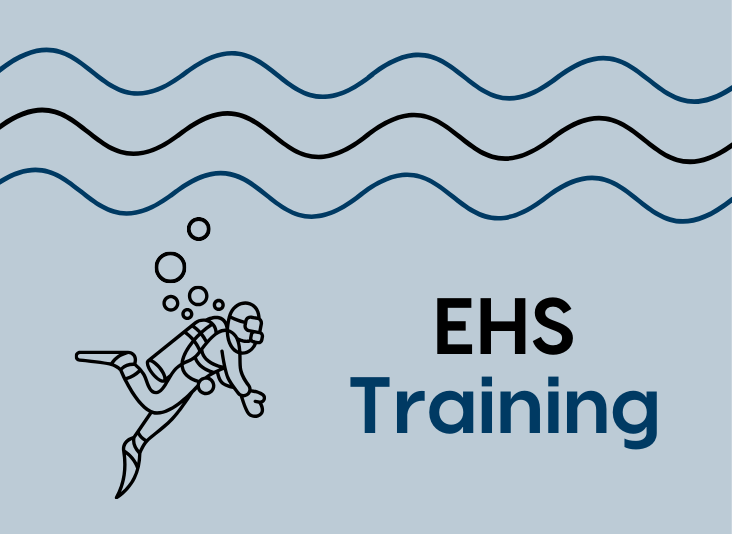3 Must-Have Topics to Cover in Lab Safety Training
When a new lab employee is hired, they must receive a lab safety orientation training. Lab safety orientations cover important safety plans and procedures, such as the facility’s Chemical Hygiene Plan, Emergency Action Plan, and Bloodborne Pathogen Biosafety Plan, when applicable. Depending on the experience of the employee, they may have attended multiple orientation trainings in the past with similar topics, resulting in lab orientation training materials feeling stale or lacking interest. How do you produce an engaging training while covering largely baseline material? One way is to ensure that your organization’s safety trainings, whether they are orientations or refresher courses, have key takeaways that are new and relevant.Here are three must-have topics to incorporate into lab safety trainings:
1. Current Safety Culture
Discussing gaps in the organization’s current safety culture puts focus on key areas for improvement and helps set safety goals within a lab. Soliciting opinions of current employees during trainings while using data from routine laboratory inspections to point to trends, such as how often proper PPE is not being used, will help new, or existing, employees work towards performing their job responsibilities safely and effectively. Similarly, safety trainings provide an opportunity to highlight consistent strengths in workplace safety culture to encourage employees to keep up the good work. Ensuring lab employees of any position are conscious of current safety goals can drive a positive shift in an organization’s overall safety culture while keeping employees engaged during safety trainings.
2. Past Violations and Incidents
Most EHS departments regularly track and keep record of any violations, incidents, or accidents that occur onsite. Incident reports include detailed analysis into why and how the incident took place and can be used to provide a real-life example of what can happen if there is a lapse in safety measures onsite. Use these records from audits and inspections to discuss past incidents and outline what steps could be taken to reduce risk of a similar issue in the future. Discussing these past incidents will help the employee have a better understanding of the safeguards that are already in place and why they are important.
3. Data Changes
The metrics discussed during safety trainings are constantly changing. Lab safety is a moving target, so explaining which metrics are most important to the team’s safety initiatives and why helps ensure all employees are working towards the same goals. If these goals change, employees should be kept updated during refresher trainings. Outlining new safety goals and what metrics will be used to track progress can help keep safety trainings be fresh and engaging.
Orientation trainings are mandatory, but ensuring the trainings are up to date, relevant, and engaging for employees is imperative to delivering effective safety training so your operations can run smoothly. While adding questions throughout trainings keeps employees engaged for the moment, adding timely data can help keep important information from the trainings top of mind in the workplace.
Triumvirate Environmental’s team of EHS experts can provide comprehensive support for your organization’s lab and facility needs. Through our fully customizable on-demand training offerings, we can support your EHS training needs, from assessing your current training program to developing and delivering cutting-edge training content.






